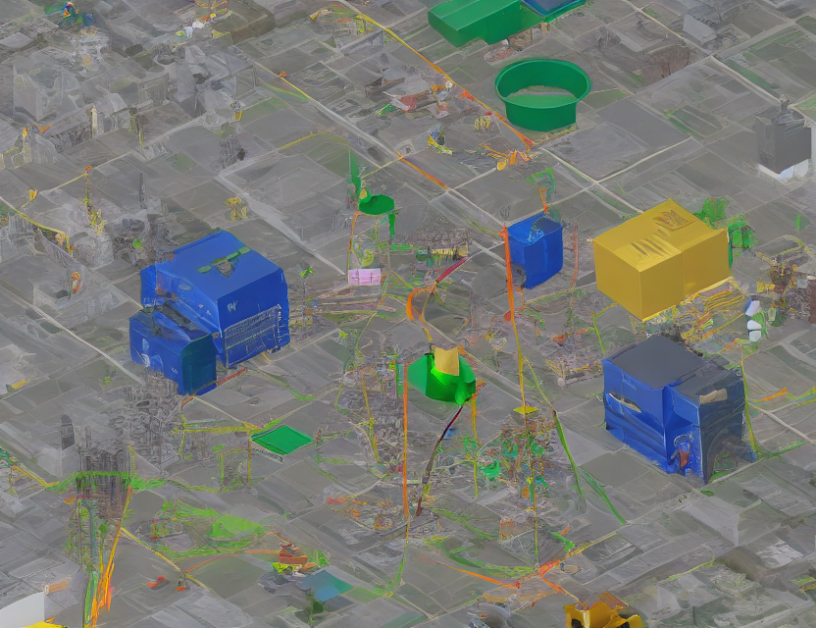In this article, we explore the concept of long-tailed classification in machine learning, specifically focusing on the challenges and limitations of existing approaches. Long-tailed classification refers to the situation where a model is trained on a dataset with a large number of examples from one class (the "head") and a smaller number from another class (the "tail"). The head class typically contains easy-to-train examples, while the tail class includes more difficult ones that are harder for the model to learn.
The authors of this article highlight several problems with existing methods for long-tailed classification:
- Overfitting to the head class: Many models are prone to overfitting to the head class, resulting in poor performance on the tail class. This is because the model has too much capacity and is able to fit the complex patterns in the head class but fails to generalize to the simpler patterns in the tail class.
- Lack of robustness to label noise: Long-tailed classification tasks often suffer from noisy labels, which can significantly degrade the performance of a model. Existing methods are not designed to handle this issue and can be sensitive to even small levels of label noise.
- Insufficient use of unsupervised learning: While unsupervised learning has shown great promise in addressing long-tailed classification tasks, many existing methods do not make sufficient use of it. By neglecting the power of unsupervised learning, models can miss out on valuable information that could help improve their performance.
The authors propose several remedies to address these issues: - Use a robust loss function: The authors suggest using a loss function that is designed to handle long-tailed data, such as the "softer" label smoothing technique. This can help reduce the model’s sensitivity to overfitting to the head class.
- Utilize unsupervised learning: The authors recommend incorporating unsupervised learning techniques into the model, such as self-supervised learning or contrastive learning. These methods can help the model learn useful representations from the data that can improve its performance on the tail class.
- Adaptive label smoothing: The authors propose an adaptive label smoothing technique that adjusts the level of smoothness based on the difficulty of the examples in the dataset. This can help the model handle a mix of easy and difficult examples more effectively.
The authors demonstrate their approach on several benchmark datasets and show improved performance compared to existing methods. They also provide analysis showing how their approach can handle different types of noise and improve robustness to label noise.
In summary, this article highlights the challenges of long-tailed classification and proposes a new approach that leverages unsupervised learning techniques to improve performance. By adapting the level of smoothness based on the difficulty of the examples in the dataset, their method can handle both easy and difficult examples more effectively, leading to improved robustness and accuracy.



